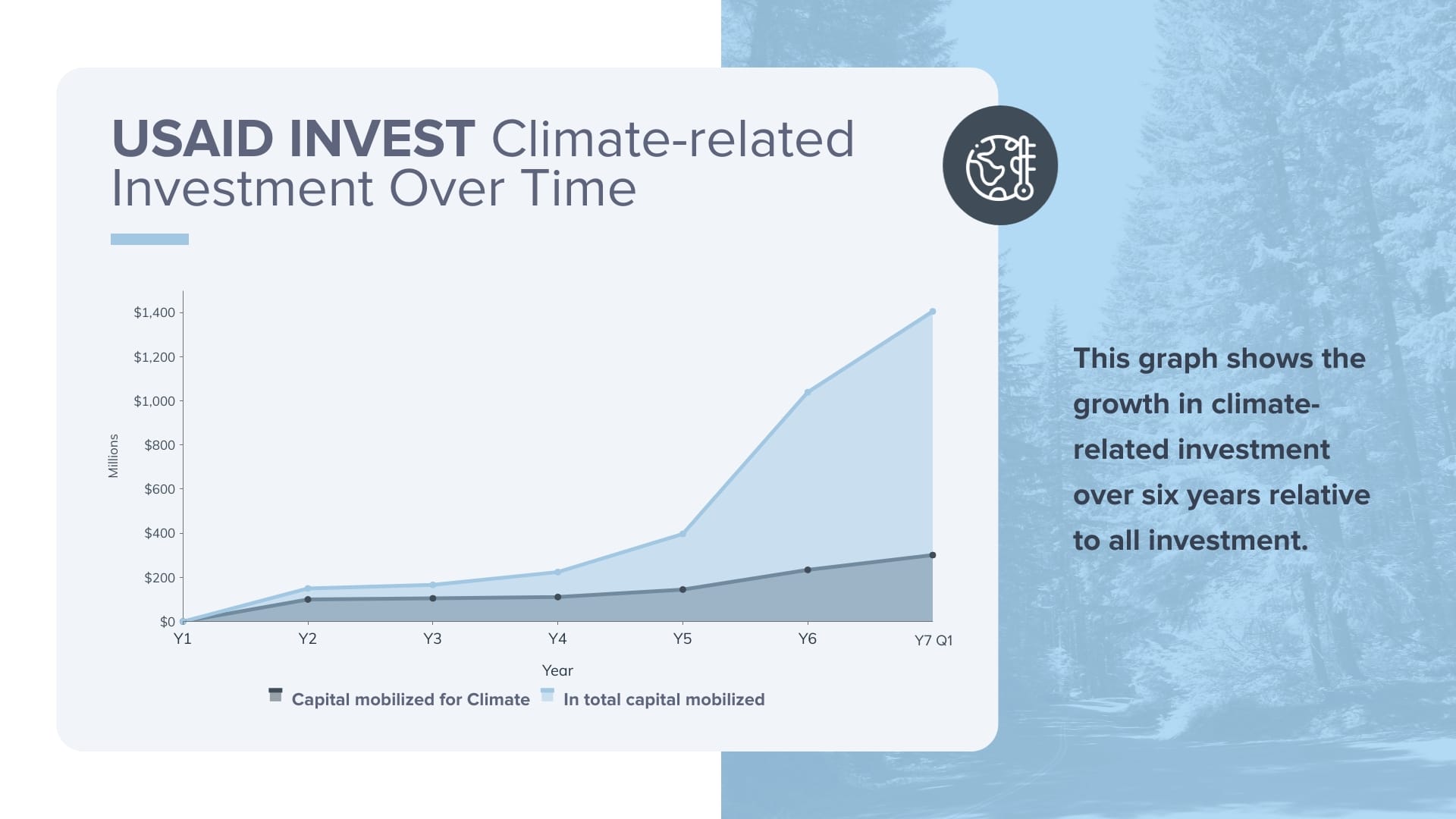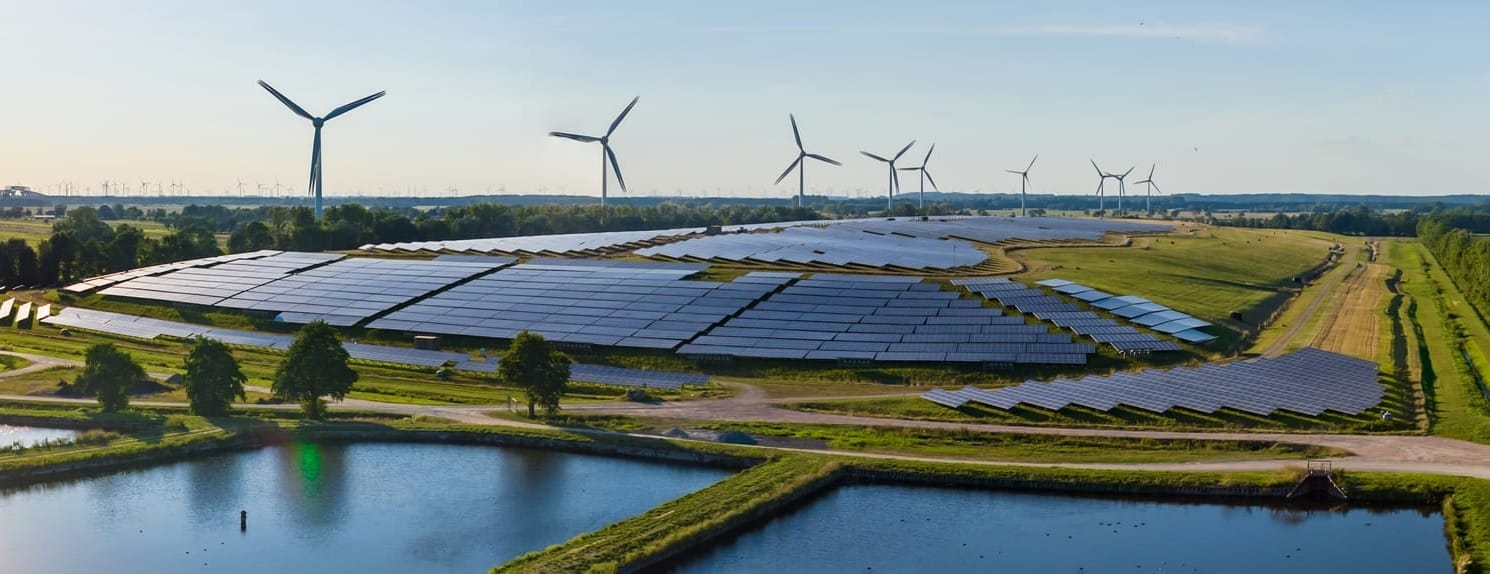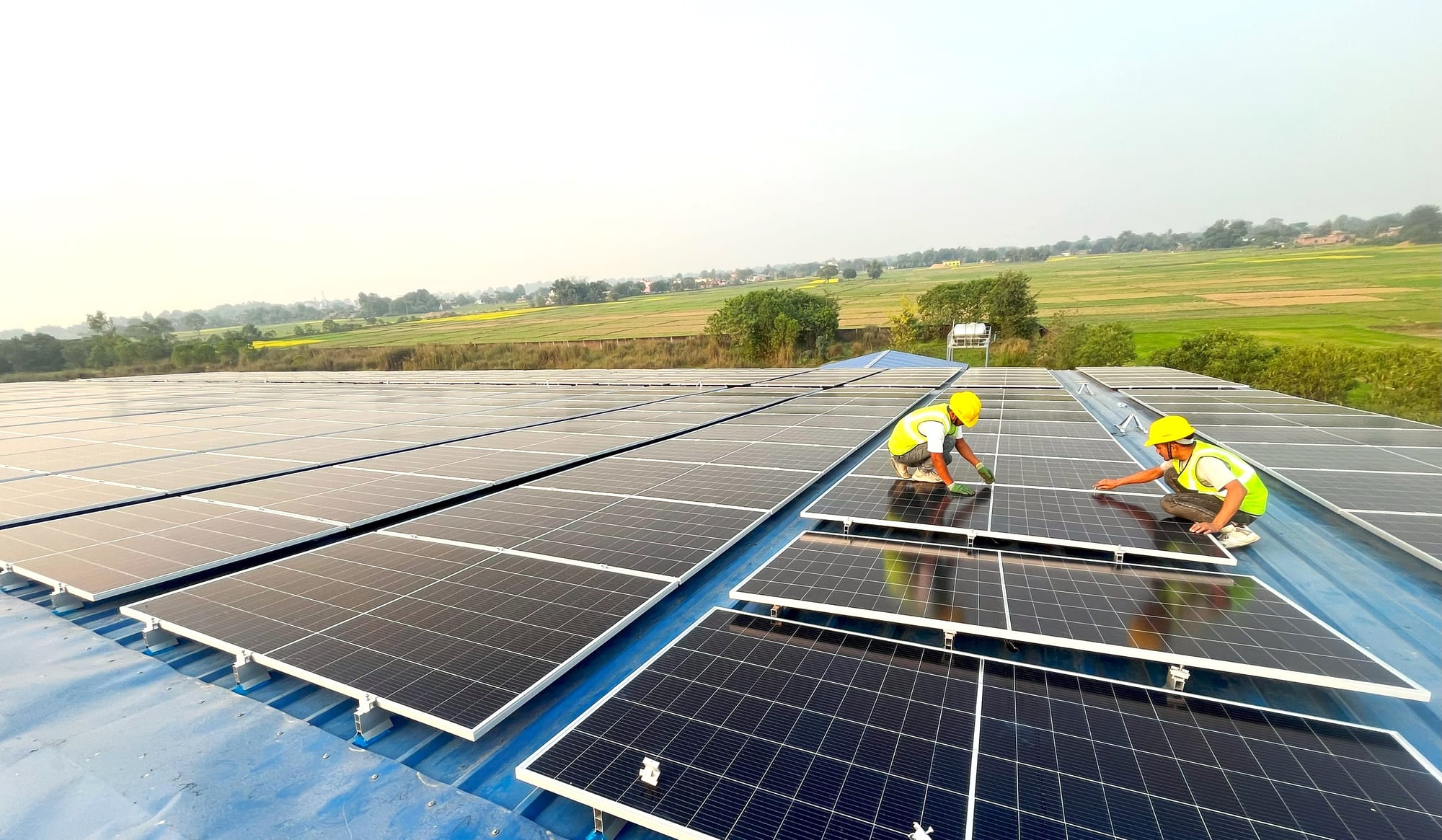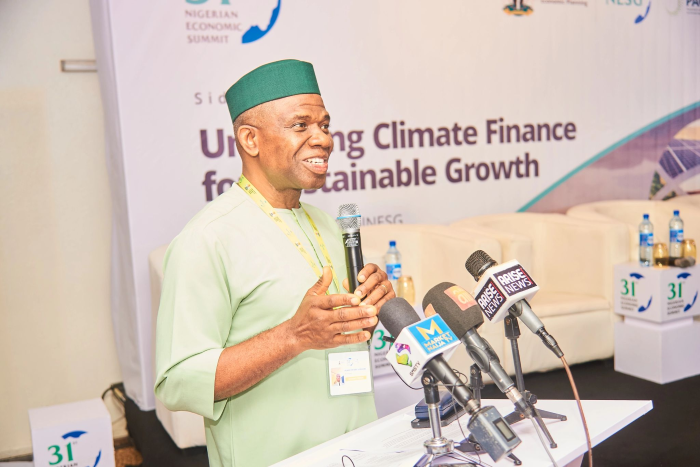Blended finance represents more than just a financial strategy; it's a key opportunity to influence the direction of capital flow in response to a shared global challenge—the climate crisis.
DAI has been managing the U.S. Agency for International Development (USAID) INVEST program since 2017, during which time it has become one of the Agency’s largest blended finance initiatives, mobilizing more than $1.4 billion in public and private investment for global development.
Notably, 21 percent of these funds to date have been channeled into climate-related initiatives, amounting to $301.6 million. Climate investments have been gaining momentum as the project progresses, with more than 50 percent of the project’s climate capital raised just in the past year.

Take, for instance, a $2.7 million equity investment aimed at powering solutions for dairy farmers in Tunisia, made possible through INVEST-supported transaction advisory services. The initiative seeks to convert waste into a revenue-generating asset while simultaneously reducing environmentally harmful methane emissions. This investment is anticipated to reduce CO2 equivalent emissions by approximately 80,000 tons over four years while expanding access to affordable energy for Tunisians.
Investment is also critical to strengthening markets. For example, the Caribbean is highly vulnerable to the impacts of climate change, as increasingly frequent extreme weather events threaten already fragile economic systems. INVEST is working with the CARICOM Development Fund to launch a new investment vehicle to foster resilience in the face of these challenges. The collaboration aims to channel up to $100 million into strategic opportunities in sectors such as agriculture, transport and logistics, and digital infrastructure.
Attracting Diverse Sources of Capital
Addressing the climate crisis at the required scale demands the active involvement of a large and diverse ecosystem of investors, a task that goes beyond the realm of impact investors and development finance institutions alone. To achieve true economic transformation, engaging all types of financial sources—including commercial banks, pension funds, venture capital, and other key players in the financial landscape—becomes imperative.
INVEST has had considerable success engaging this diverse investor landscape. The figure below illustrates the capital flow facilitated by INVEST from 11 distinct categories of investors toward critical climate-related needs, with the majority in clean energy, followed by sustainable landscapes and adaptation. Impact funds and institutional investors, primarily pension funds, have proven to be the most important source of financing. This strategy sets the stage for a collaborative and impactful effort to combat climate change on a global scale.

So, how does all of this work on a practical level?
We have captured INVEST’s experience in a series of learning resources aimed at donors and development professionals. Two of the most recent lessons shared include catalytic support to financial vehicles and funds, and the use of transaction advisory services to bridge the gap between investors and investment-ready firms and projects. While these resources are not specific to climate finance, the approaches described are easily adaptable to climate activities. Three of the key lessons are:
- Incentivize Risk-Taking: The greatest level of additionality tends to come from new markets, with new investors and new forms of financing. But if the incentive structure for partners requires them to unreasonably accelerate their efforts or is overly focused on the investment targets, opportunities with significant development potential may be overlooked. For example, INVEST is supporting an innovative waste-to-energy project in El Salvador, poised to make a major impact on the nation's energy landscape while alleviating environmental woes stemming from open-air dumps and landfills. If successful, the project could create 500 jobs during construction and 100 permanent jobs once operational. Yet the path to realizing this vision is far from straightforward. With no straightforward financial solution readily available to expedite the project's progress, INVEST and its partners are embarking on a complex journey to secure $20 million in funding by blending resources from development finance institutions, private equity funds, and commercial banks. While the effort demands both creativity and perseverance, the potential benefits far outweigh the risks.
- Leverage Private Sector Expertise: Tap into context-specific expertise and ideas during the design of programs and avoid being overly prescriptive when soliciting responses from potential partners. Through creative use of expressions of interest, requests for information, and statements of objectives, INVEST has been able to identify and support successful strategies brought forth by the private sector. In Nigeria, for example, INVEST is partnering with an alternative asset manager known for its ability to mobilize investments from the country's pension funds. Securing long-term patient capital, especially crucial for advancing renewable energy initiatives, is central to this collaboration. However, tapping into pension funds entails navigating the complex landscape of local regulations and the varying risk appetites of diverse fund managers. Empowered by a mandate for exploration—and given the flexibility to pursue various investment avenues and risk-mitigation strategies—INVEST's partner raised $50 million earmarked for climate-related investments in less than a year.
- Build an Evidence Base Without Burdensome Reporting Requirements: It’s important to demonstrate to both public and private sector stakeholders that impactful opportunities exist in climate finance. However, concerns associated with the burdens of donor reporting have been cited among the reasons private firms give for not responding to donor solicitations. For this reason, reporting requirements should align as far as possible with the partner’s own established data collection processes. INVEST has streamlined its reporting procedures, ensuring that essential data is gathered efficiently while alleviating administrative burdens. Our climate database currently draws from activities in more than 25 countries, offering valuable insights into the financing needs of projects, funds, and companies dedicated to climate change mitigation and adaptation.
What Next?
Experts predict that annual climate finance needs will grow from $8.1 trillion to $9 trillion in the run-up to 2030 and then exceed $10 trillion each year from 2031 to 2050. This dramatic escalation means that climate finance must increase by at least five-fold annually to avoid the worst impacts of climate change. INVEST and similar donor-supported projects have proven the crucial role of blended finance in meeting this enormous challenge. Now is the time to take these efforts rapidly to scale.
See more of our INVEST learning resources, including learning briefs and case studies on climate finance, here.






